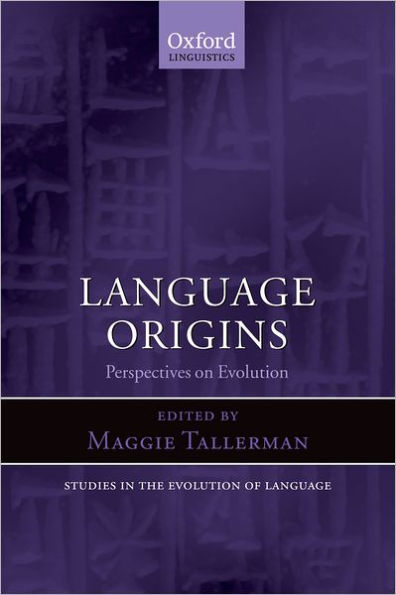5
1
9780199279036


Language Origins: Perspectives on Evolution available in Hardcover

Language Origins: Perspectives on Evolution
- ISBN-10:
- 0199279039
- ISBN-13:
- 9780199279036
- Pub. Date:
- 08/11/2005
- Publisher:
- Oxford University Press
- ISBN-10:
- 0199279039
- ISBN-13:
- 9780199279036
- Pub. Date:
- 08/11/2005
- Publisher:
- Oxford University Press
250.0
In Stock

Product Details
| ISBN-13: | 9780199279036 |
|---|---|
| Publisher: | Oxford University Press |
| Publication date: | 08/11/2005 |
| Series: | Oxford Studies in the Evolution of Language , #4 |
| Pages: | 448 |
| Product dimensions: | 9.30(w) x 6.20(h) x 1.20(d) |
About the Author
From the B&N Reads Blog
